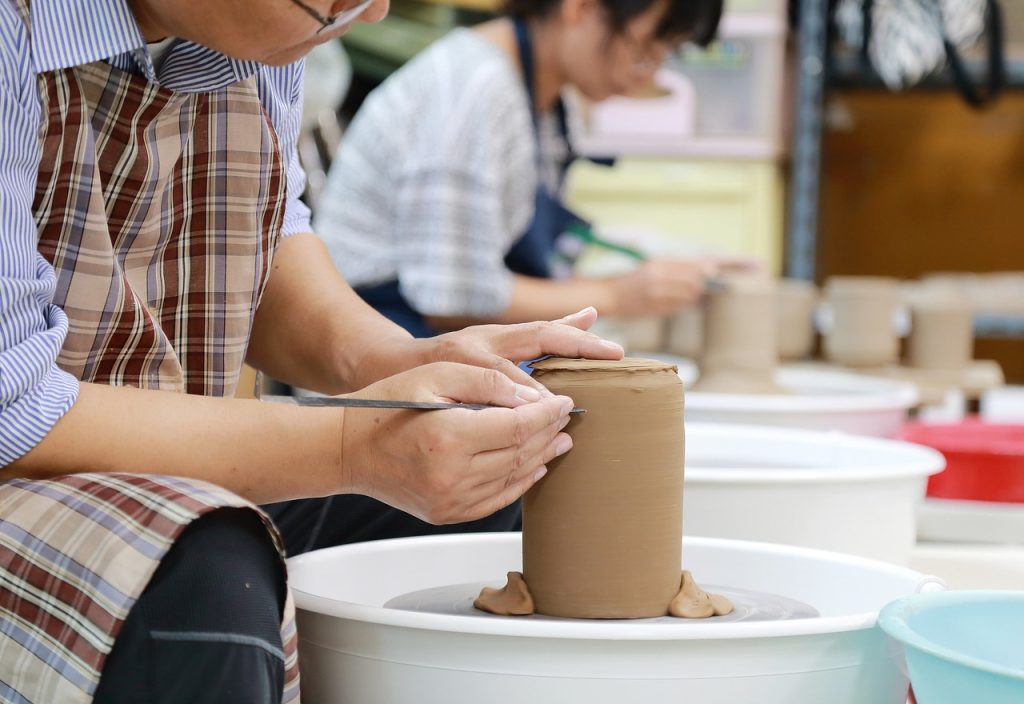When you get older, staying engaged with hobbies becomes more important than ever. Hobbies not only keep people mentally and physically active, but they also provide a sense of purpose, social connection, and enjoyment. Whether you’ve been an avid gardener, painter, musician, or reader all your life—or you’re looking to discover new passions—there are plenty of ways to maintain and adapt your hobbies in later life. Here’s a guide to help you stay connected with the activities you love.
1. Embrace Adaptation and Flexibility
Physical and cognitive changes are a natural part of aging, but that doesn’t mean you have to give up the things you love. Instead, find ways to adapt. For example:
- If you love painting but struggle with fine motor skills, try larger brushes and canvases.
- If gardening has become difficult, consider raised garden beds or container gardening.
- If you enjoy reading but experience vision issues, audiobooks and e-readers with adjustable text sizes can be great alternatives.
Making small adjustments allows you to continue enjoying your hobbies with ease.
2. Take Advantage of Technology
Technology has made it easier than ever to stay engaged with hobbies. Online platforms offer endless possibilities:
- Virtual book clubs connect readers worldwide.
- Video tutorials can teach you new skills in art, music, or even coding.
- Social media groups provide support and community for like-minded hobbyists.
For example, if you love cooking, you can watch online cooking classes or join recipe-sharing groups. If you’re into music, apps can help you learn a new instrument or compose your own songs.
3. Stay Socially Connected
Hobbies are more enjoyable when shared. Staying connected with friends or making new ones through shared interests can boost emotional well-being. Consider:
- Joining a local club or group that shares your passion.
- Attending community center workshops or classes.
- Volunteering your skills to help others, such as knitting blankets for charity or teaching art at a local school.
Living in a community setting that encourages hobbies, like a senior living facility, can also make it easier to stay involved. Many facilities, such as cateredliving.com, offer activity programs designed to keep residents engaged in their favorite pastimes.
4. Explore New Hobbies
Later life is the perfect time to explore new interests. If you’ve always wanted to learn a new language, try your hand at photography, or experiment with creative writing, now is your chance. Engaging in new hobbies keeps the brain sharp and provides a sense of accomplishment.
5. Prioritize Your Well-being
While hobbies should be fun and fulfilling, they should also fit your current physical and mental health. Listen to your body and mind, take breaks when needed, and choose activities that bring you joy without causing stress.
Final Thoughts
Keeping in touch with your hobbies in later life is essential for maintaining an active, fulfilling lifestyle. By adapting activities, embracing technology, staying social, exploring new interests, and prioritizing well-being, you can continue to enjoy your passions for years to come.





